- News
- Reviews
- Bikes
- Components
- Bar tape & grips
- Bottom brackets
- Brake & gear cables
- Brake & STI levers
- Brake pads & spares
- Brakes
- Cassettes & freewheels
- Chains
- Chainsets & chainrings
- Derailleurs - front
- Derailleurs - rear
- Forks
- Gear levers & shifters
- Groupsets
- Handlebars & extensions
- Headsets
- Hubs
- Inner tubes
- Pedals
- Quick releases & skewers
- Saddles
- Seatposts
- Stems
- Wheels
- Tyres
- Tubeless valves
- Accessories
- Accessories - misc
- Computer mounts
- Bags
- Bar ends
- Bike bags & cases
- Bottle cages
- Bottles
- Cameras
- Car racks
- Child seats
- Computers
- Glasses
- GPS units
- Helmets
- Lights - front
- Lights - rear
- Lights - sets
- Locks
- Mirrors
- Mudguards
- Racks
- Pumps & CO2 inflators
- Puncture kits
- Reflectives
- Smart watches
- Stands and racks
- Trailers
- Clothing
- Health, fitness and nutrition
- Tools and workshop
- Miscellaneous
- Buyers Guides
- Features
- Forum
- Recommends
- Podcast
feature
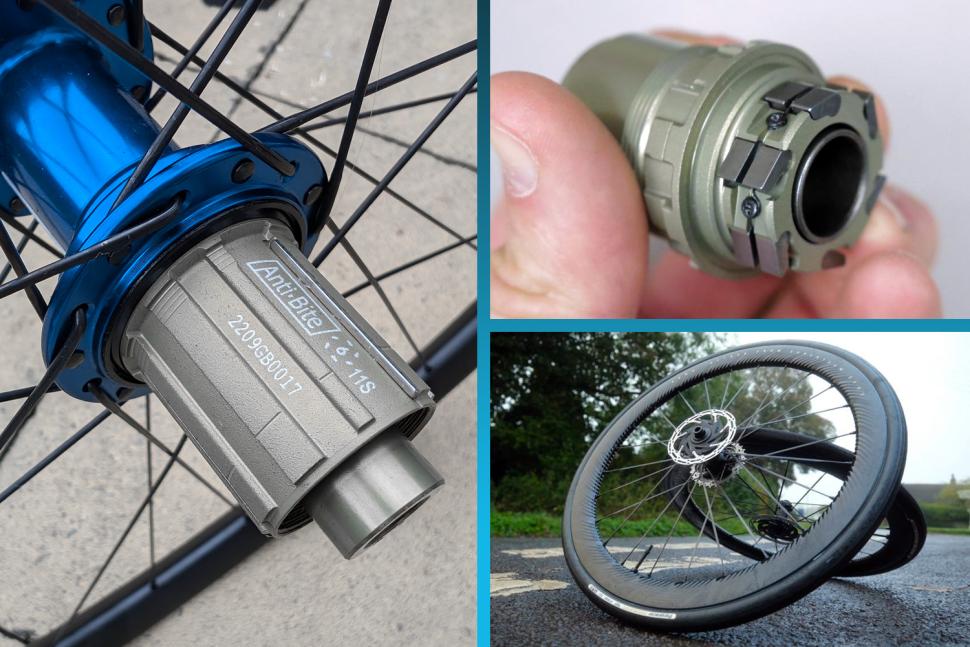 Freehubs Nov 2024
Freehubs Nov 2024Is more hub engagement always better? Know your road bike wheels and find out what really makes a good freehub
When it comes to freehubs, it's sometimes assumed that more engagement is better. But is that actually the case? And what on earth is 'engagement' anyway? Let's take a bit of a deep dive into the world of wheel technology, and figure out once and for all what makes a really good freehub on your road bike wheels...
What is a freehub and why is it important?
A freehub is a pretty integral part to your bike. In layman's terms, it's the sticky outy bit that your cassette sits on, on the rear wheel.
Its role is important to the movement of the bike. When you pedal, the freehub engages the wheel and allows forward movement of the bike. But also crucially, when you stop pedalling, the freehub disengages so that the wheel continues to turn without having the gears moving as well.
What is engagement? How does it relate to a freehub?
So the big topic we're looking at here is engagement. Essentially, in the context of a bike's rear hub, engagement is how quickly your rear wheel begins to move when you pedal. It can actually be quantified, too - simply divide 360 degrees by the number of engagement points the freehub has to determine the engagement angle.
This is the maximum degree that a freehub body can actually rotate before the freehub teeth engage. Each freehub may be different, depending on the manufacturer and purpose. For example, if a freehub has 36 points of engagement, the angle would be 10 degrees.
Different mechanisms
Generally, there are two types of systems freehubs use to engage and disengage the freehub with the wheel: pawl, and ratchet. Pawl freehubs use sprung levers, aka pawls, angled outwards within the hub. These combine with a toothed drive ring to then deliver power to the wheel.
When you pedal the springs push the pawls out, and when you freewheel, or stop pedalling, the pawls are pushed back towards the springs thanks to their angle. They then slide over the teeth of the drive ring, which you'll recognise as a clicking sound.
More pawls means more points of engagement, but the number tends to vary between two and six - and like with anything on bikes, there are different variations on pawl setups in different brands' freehubs.
The other main system used is a ratchet freehub. This uses a pair of toothed rings concentric to the axle. When pedal force is applied to the rear wheel, they are pushed together to transmit power by large springs that sit behind one or both of the rings.
The teeth of these rings are angled, so if you're freewheeling, then the rings slip over one another. If you're pedalling, however, the teeth mesh together to transfer power to the wheel.
Some brands like DT Swiss prefer the ratchet system, and they are usually built with between 18 and 54 points of engagement. Again, there are more intricate designs within the ratchet option, depending on wheel price point and manufacturer.
Which design is better for road cycling?
When it comes to choosing between the two systems for road cycling, there are a few things to consider, including the type of riding you'll be doing - i.e. racing or training - and where you'll be riding.
If you're someone who needs a set of training wheels to get through a British winter, then something that's more robust and hard-wearing is probably a better shout - and in this case, it's likely to be a ratchet system. That's not to say that pawl systems aren't reliable, but the sheer number of moving parts inside the freehub means if one pawl doesn't engage or fails, then there is a greater chance of the entire freehub failing.
Ratchet systems offer a wider number of contact points spread across the rings, so in theory, should offer a more reliable system that can better transfer power. In practice, the pawl systems manufactured now are likely good enough that if you maintain them regularly, reliability may not be a big concern.
The type of riding you'll be doing also impacts which system may be better. If you're racing or need a smaller angle of engagement for better acceleration, then something like an offset pawl system may be beneficial. But in high stress applications, for example racing with continuous accelerations, then a ratchet system may be more suited.
Another variable you may want to think about is something called 'backlash'. This is the maximum idling distance that you can turn your crank arm before the freehub engages and turns the wheel. There are a few things that can influence this, like engagement angle of the freehub, your crank arm length, and your gear ratio.
The smaller the gear ratio is on your bike, then the greater the maximum idle stroke. It might seem a little complex, but it's worth considering if you ride steep climbs or need to accelerate more quickly.
So, is more engagement better?
The burning question... and unfortunately we're going to have to take the Switzerland approach and answer with: well, it depends. Of course, if you want a faster engaging hub that transfers your power into acceleration more instantaneously, then yes, more engagement is better.
But, if you want a wheelset that's more durable, particularly if you're putting a lot of force through the freehub, then faster engagement may not be the key point.
If you want to discover what sort of wheels use which system then make sure you read our guide to the best road bike wheels, and our back catalogue of wheel reviews.
Rebecca has been writing about bikes for four years, after a typically ill-timed career change pre-pandemic. She's been riding bikes since she can remember, and fell back in love with them after realising it was faster, cheaper, and more fun than getting the bus to work. Nowadays she enjoys all kinds of bikes, from road to eMTB and is training her border collie pup to become a trail dog.
Latest Comments
- lonpfrb 42 min 16 sec ago
That argument is ignorance of the widespread height and width restrictions to be found on the many minor roads that were originally created for...
- David9694 2 hours 57 min ago
cyclists should be made to have number plates - Interesting police video here of the range of illegal number plates - we'd got, as the caption says...
- rookybiker 4 hours 10 min ago
The trailer seems to connect to both ends of the rear axle. Can it do tight corners without dragging the tyre sideways?
- froze 4 hours 14 min ago
Motorists have always been unkind to cyclists, but distracted driving is adding to the problem....
- Destroyer666 5 hours 7 min ago
Have you owned Bont shoes? In my experience even the widest Lake shoes have had a bizarre form of narrowing way too much in the toe area. But the...
- froze 5 hours 35 min ago
Not sure if this is possible, but this news letter goes out all over the world, and some places like Decathlon does not send stuff to America, in...
- Hirsute 6 hours 19 min ago
I'm confused as to why you'd need bib shorts indoors.
- Oldfatgit 6 hours 48 min ago
I'm sure you were being sarcastic... however ... Lewis Hamilton lives in Monaco. Yet another car driver that doesn't pay any tax
- BikingBud 9 hours 1 min ago
Paddington Harrow Road crash leaves two seriously injured...
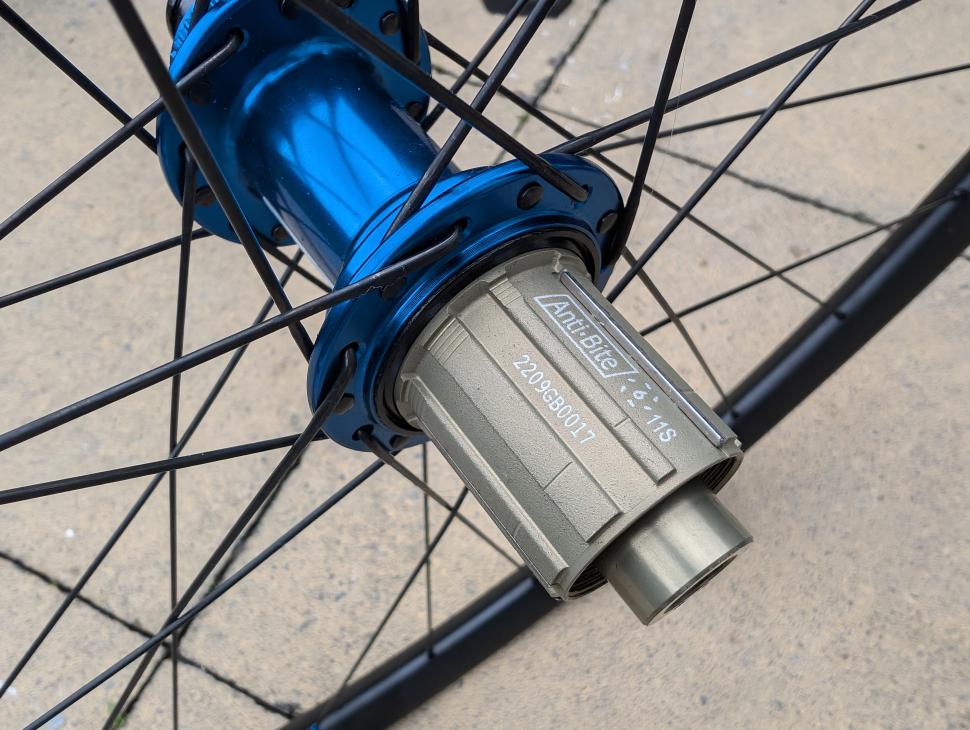
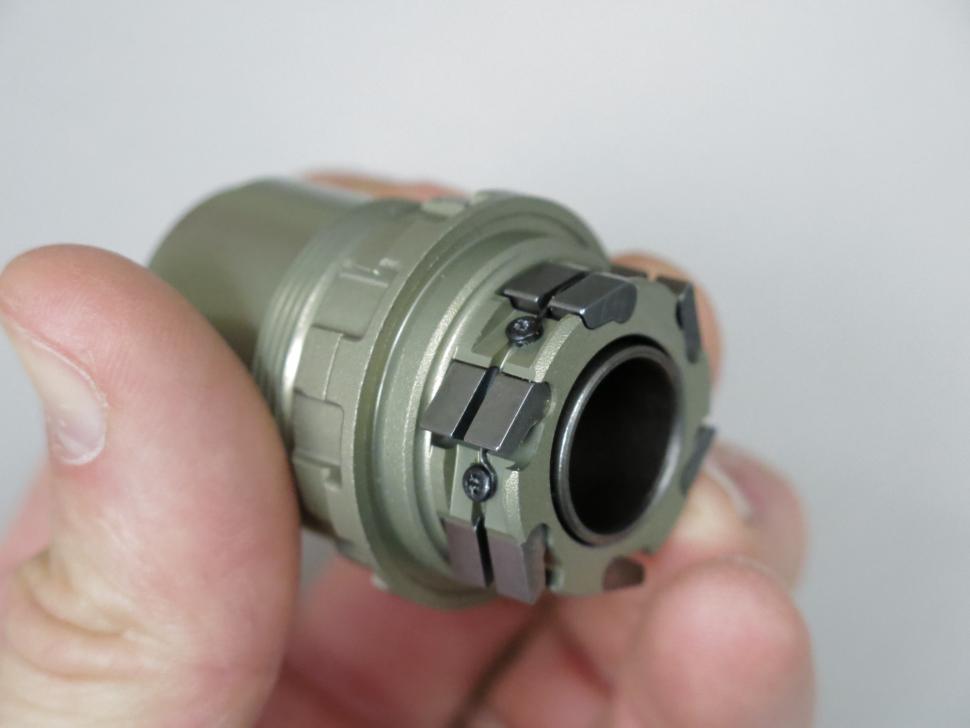
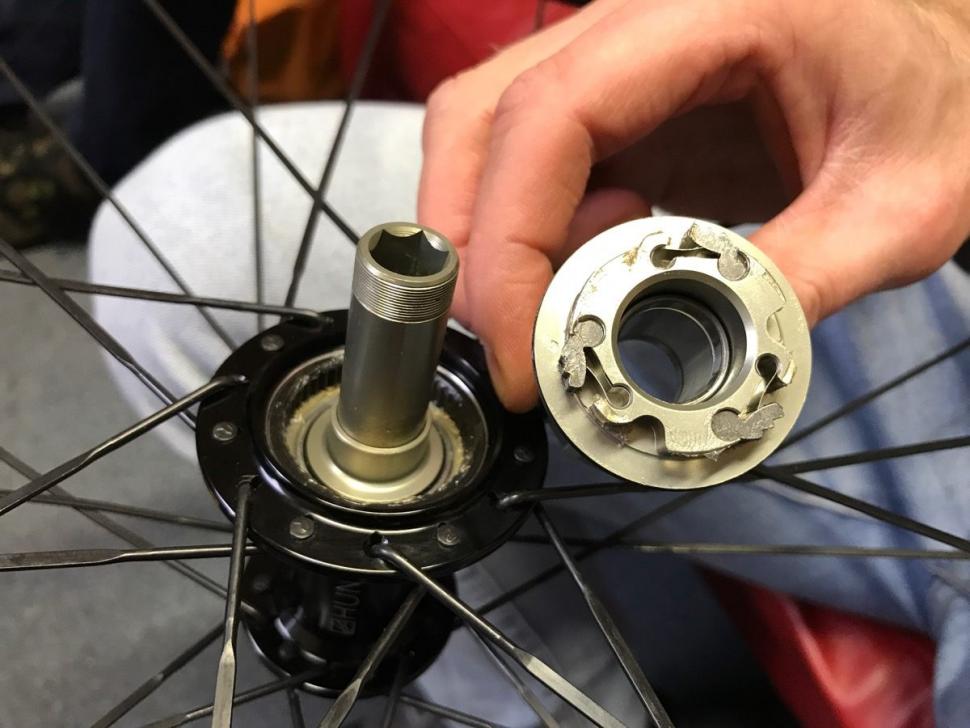
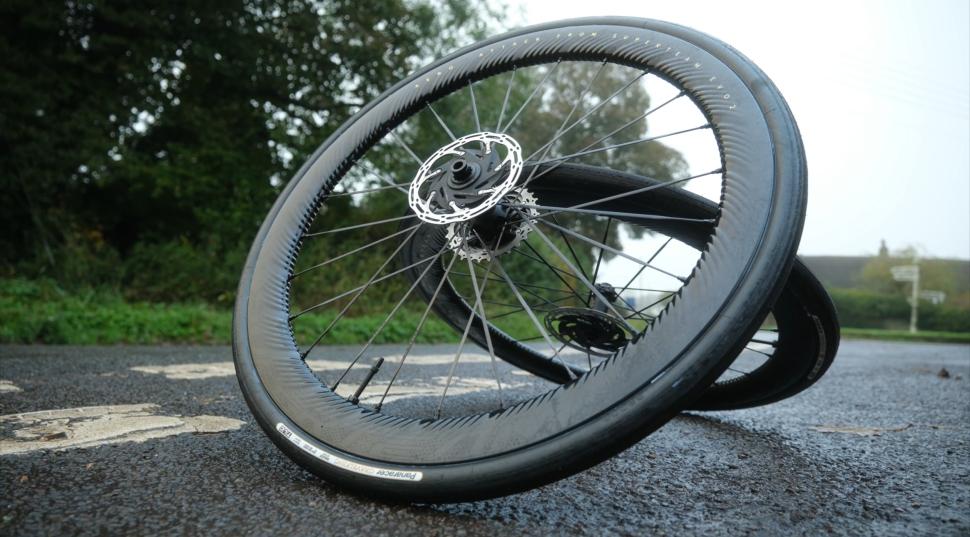
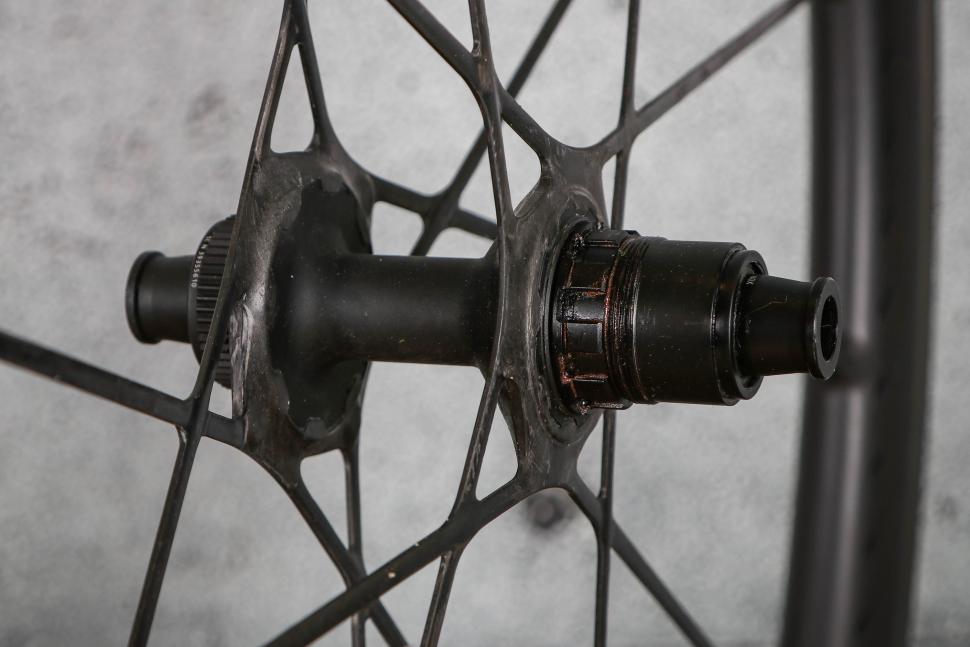

Add new comment
2 comments
One thing which will influence me next time I buy new wheels is the noise which the freehub makes - how loud it is. I have tinitus and am quite sensitive to mechancial sounds. I bought some Scribe 50mm wheels a couple of years ago. Scribe trumpet the quality of the freehub. The wheels are great, but the freehub is wake-the-neighbours LOUD. and it makes riding a little less enjoyable for me. I wish wheel manufacturers published how load the freehub is, so that those who prefer a quiet one could be properly informed.
Many manufacturers, including Scribe, can give you methods to reduce the noise level. On Scribe, and other ratchet designs it's usually just adding a small amount of grease.